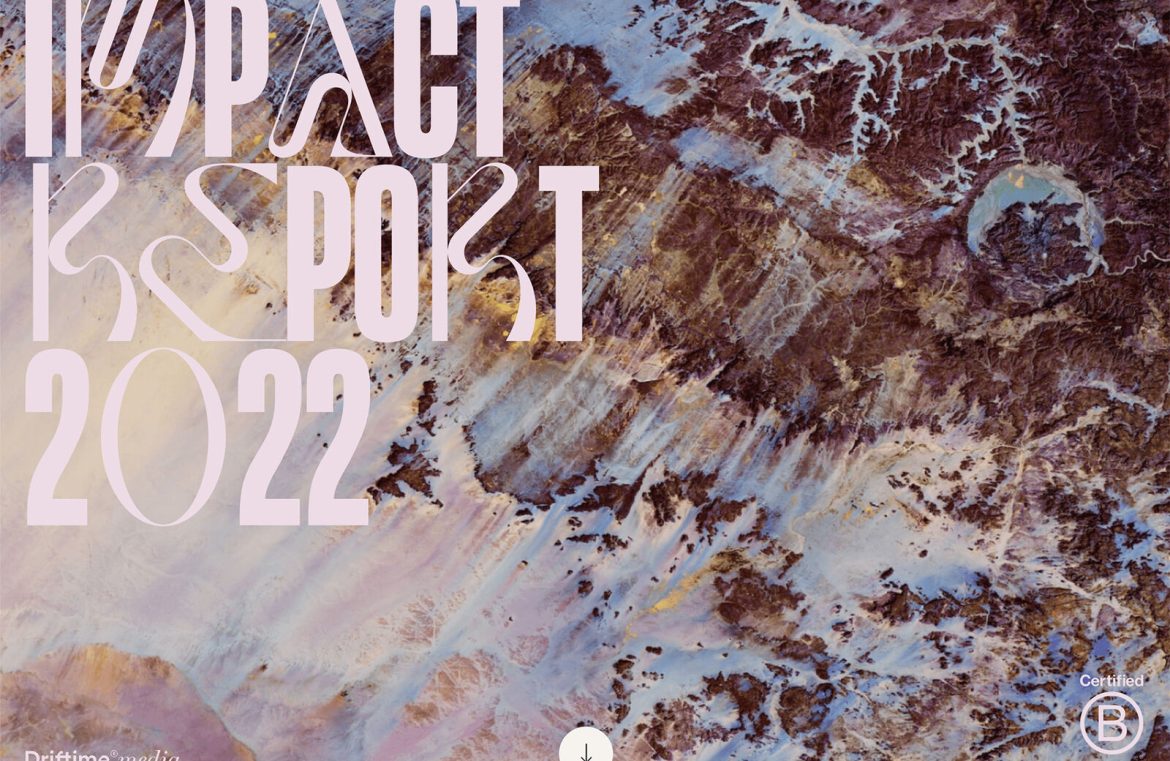When it comes to design trends, they aren’t always a one-size-fits-all affair. Design straddles the realms of art and personal taste. As such, this month’s design innovations may elicit varying reactions of admiration or aversion.
Let’s delve into the latest design fads making waves this month.
1. Animated Imagery Renaissance
The realm of animated visuals is witnessing a remarkable revival. Today’s cartoon imagery breaks away from the flat, simplistic styles of yore, embracing a more sophisticated three-dimensional aesthetic, dynamic movements beyond realism, and even dipping into a virtual reality aesthetic.
While these refreshed animation styles find their unique niche in the design world, they’re not universally applicable. They tend to shine solo, often clashing with other styles and thus can impose creative restrictions.
Check out three distinct approaches to modern cartoons:
The Chizzy website employs an animated character’s 3D voyage, a trend gaining popularity across various platforms including renowned animation studios like Disney.

Embrace a blast from the past with vibrant, energetic illustrations on the Rocketpanda Animation Studio homepage, featuring adult themes wrapped in a childlike aura.

Radio Null captivates with near-realistic, layered butterflies that bring color and interest to their homepage.

2. Experimental Typefaces
This trend is polarizing; many will either adore or detest the experimental typography populating the design landscape.
Such unorthodox typographic choices prompt us to ask:
- Was that font deliberate?
- Can I decipher that text?
Designers are boldly experimenting with type, using text in unprecedented ways. Yet, there’s a thin line between artistic flair and legibility that you may find either intriguing or impractical.
Here are three instances of such audacious typography:
Driftime’s Impact Report interlaces unconventional letterforms, lending an air of creativity to their presentation.

Lulu Wild opts for a flowing script headline and a body copy with notable letter-spacing, testing the boundaries of readability.

Designed by Women meshes various fonts within a headline, defying conventional design rules while maintaining a semblance of cohesion.

3. Embracing Vertical Media on Widescreen Displays
Behaviors born out of mobile usage are sneaking onto desktop interfaces. While vertical media is mobile’s default, widescreen is the traditional choice for desktops.
Designers are now crafting new design schemes that merge the mobile-vertical and desktop-horizontal worlds for a holistic user experience. However, this fusion might challenge the status quo of desktop usability.
A popular way to exhibit vertical content on wider screens is through a split-screen layout. This approach isn’t novel, but its application is ever-evolving.
Integration challenges arise when spanning elements, like menus, require adaptation to function within these new divided spaces.
ViViFiCAR employs a balanced split-screen with visuals and text distinctly partitioned.

Iron Health mirrors this concept, juxtaposing static imagery with text on one side, promoting a vertical perspective.

Klaus Heller experiments with a disproportionate text-to-image ratio, amplifying readability but necessitating careful consideration for responsive design.

Conclusion
What’s your take on these emerging design trends? Would you dare to incorporate these bold new elements into your next web project?
Remember, adopting a trend doesn’t require an all-or-nothing approach. You can test the waters by integrating aspects of these trends into smaller design components, exploring their potential without fully committing.

